JAMES WATT INTEREST: A GEORGE III GOLD AND BLACK ENAMEL MOURNING RING FOR MATTHEW BOULTON LONDON 1809 The gold coloured script running around the band stating Matw. Boulton Died at Soho 17 Aug. 1809 Aged 81, with milled and reeded borders, stamped with maker's mark J.P possibly for John Pottinger or John Pritchard Size/dimensions: finger size L 1/2 Gross weight: 5.3 grams Provenance: Sotheby's James Watts sale, 20 March 2003, lot 289 James Watt (1736-1819), the celebrated inventor, mechanical engineer and chemist, and Matthew Boulton (1728-1809) inventor and manufacturer, first met in person in 1768 after James Watt had previously gone to visit the Soho Works, Matthew Boulton's large scale manufacture factory which used both man and machines in the processes, Birmingham in 1767. Matthew Boulton was brought up in Birmingham and in 1759 took over his father's silver manufacturing business, and after marrying subsequent sisters he was able to use the dowry to establish the Soho works. They instantly recognised each other's intellectual prowess and Boulton recognised the great importance of Watt's stream engine with separate condenser, which was to become a great catalyst in the industrial revolution of the late 18th and first half of the 19th century. In the early 1770S Watts financier John Roebuck of the Carron Ironworks was sadly bankrupted, and so the door was open for Matthew Boulton to buy out Roebuck's interest and go into business with Watt in 1774. Despite their polar opposite attitudes to life, with Boulton being optimistic, outgoing and bold, and Watt being far more conservative and cautious in nature, and secretive with regards to his inventions, the partnership was a tremendous success and brought many revolutionising inventions and patents. The close tie and juxtapositions between the two great men can be seen in a sentence of a letter between James Watt Junior and Matthew Boulton upon Watt Juniors' falling into debt and asking for help from Boulton rather than his father 'Never having been a young man himself he is unacquainted with the inevitable expenses which attend my time of life'. Another important facet to the lives of Watt and Boulton was their involvement as founding members of the Lunar Society (named due to the groups gathering on the first Monday of a new moon enabling them moonlight to ride home by), an assembly of some of the most brilliantly intellectual minds of the time, including and Josiah Wedgwood Watt and Boulton both retired form their business in 1800, which continued with James Watt Junior and Matthew Robinson Boulton at the helm. The ring was hallmarked in London, which is ironic as Matthew Boulton was the driving force in the creation of an assay office in Birmingham and was also the first person to use the assay office when it opened in 1773 to assay silver, however Birmingham wasn't permitted to assay gold until 1824. The ring was written in the James Watt family inventory in 1851 as: Transferred to Doldowlod from Aston Hall, May 1849 as an heirloom; 1851: Mr Watt's Room in Marquetry Double Chest, Doldowlod, page 36 Condition Report: Some light wear commensurate with age and use, no noticeable chips or repair to the enamel Condition Report Disclaimer
JAMES WATT INTEREST: A GEORGE III GOLD AND BLACK ENAMEL MOURNING RING FOR MATTHEW BOULTON LONDON 1809 The gold coloured script running around the band stating Matw. Boulton Died at Soho 17 Aug. 1809 Aged 81, with milled and reeded borders, stamped with maker's mark J.P possibly for John Pottinger or John Pritchard Size/dimensions: finger size L 1/2 Gross weight: 5.3 grams Provenance: Sotheby's James Watts sale, 20 March 2003, lot 289 James Watt (1736-1819), the celebrated inventor, mechanical engineer and chemist, and Matthew Boulton (1728-1809) inventor and manufacturer, first met in person in 1768 after James Watt had previously gone to visit the Soho Works, Matthew Boulton's large scale manufacture factory which used both man and machines in the processes, Birmingham in 1767. Matthew Boulton was brought up in Birmingham and in 1759 took over his father's silver manufacturing business, and after marrying subsequent sisters he was able to use the dowry to establish the Soho works. They instantly recognised each other's intellectual prowess and Boulton recognised the great importance of Watt's stream engine with separate condenser, which was to become a great catalyst in the industrial revolution of the late 18th and first half of the 19th century. In the early 1770S Watts financier John Roebuck of the Carron Ironworks was sadly bankrupted, and so the door was open for Matthew Boulton to buy out Roebuck's interest and go into business with Watt in 1774. Despite their polar opposite attitudes to life, with Boulton being optimistic, outgoing and bold, and Watt being far more conservative and cautious in nature, and secretive with regards to his inventions, the partnership was a tremendous success and brought many revolutionising inventions and patents. The close tie and juxtapositions between the two great men can be seen in a sentence of a letter between James Watt Junior and Matthew Boulton upon Watt Juniors' falling into debt and asking for help from Boulton rather than his father 'Never having been a young man himself he is unacquainted with the inevitable expenses which attend my time of life'. Another important facet to the lives of Watt and Boulton was their involvement as founding members of the Lunar Society (named due to the groups gathering on the first Monday of a new moon enabling them moonlight to ride home by), an assembly of some of the most brilliantly intellectual minds of the time, including and Josiah Wedgwood Watt and Boulton both retired form their business in 1800, which continued with James Watt Junior and Matthew Robinson Boulton at the helm. The ring was hallmarked in London, which is ironic as Matthew Boulton was the driving force in the creation of an assay office in Birmingham and was also the first person to use the assay office when it opened in 1773 to assay silver, however Birmingham wasn't permitted to assay gold until 1824. The ring was written in the James Watt family inventory in 1851 as: Transferred to Doldowlod from Aston Hall, May 1849 as an heirloom; 1851: Mr Watt's Room in Marquetry Double Chest, Doldowlod, page 36 Condition Report: Some light wear commensurate with age and use, no noticeable chips or repair to the enamel Condition Report Disclaimer

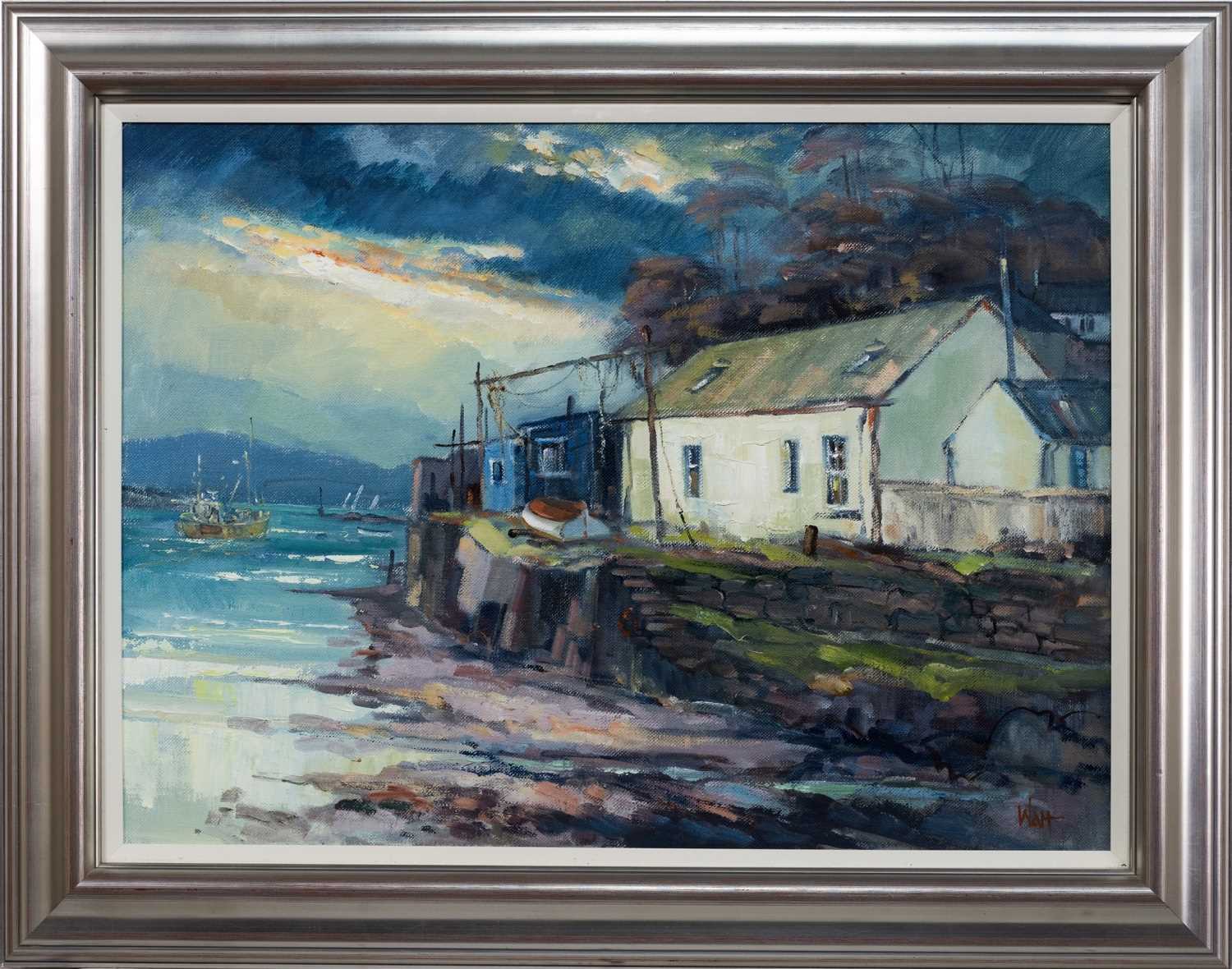
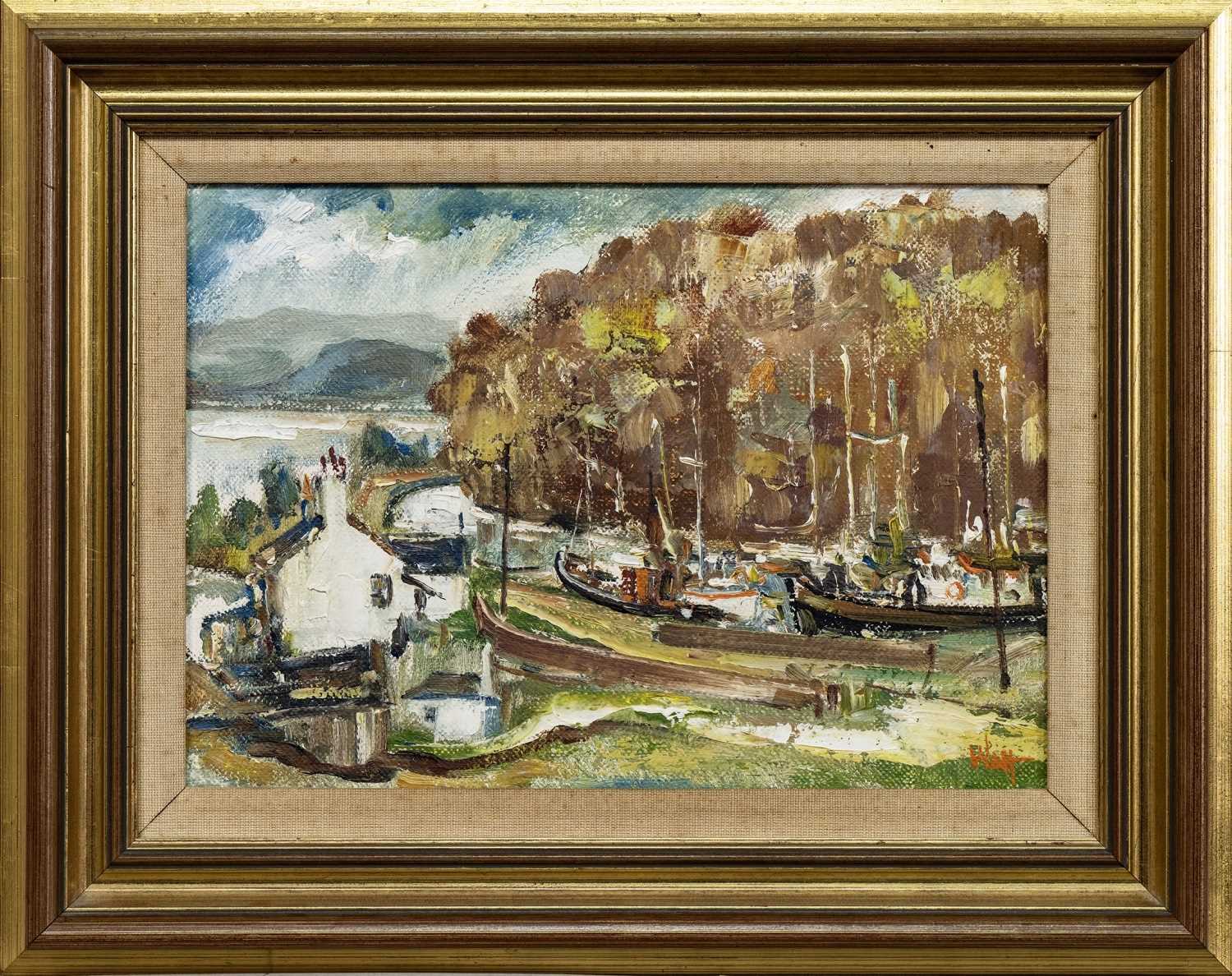
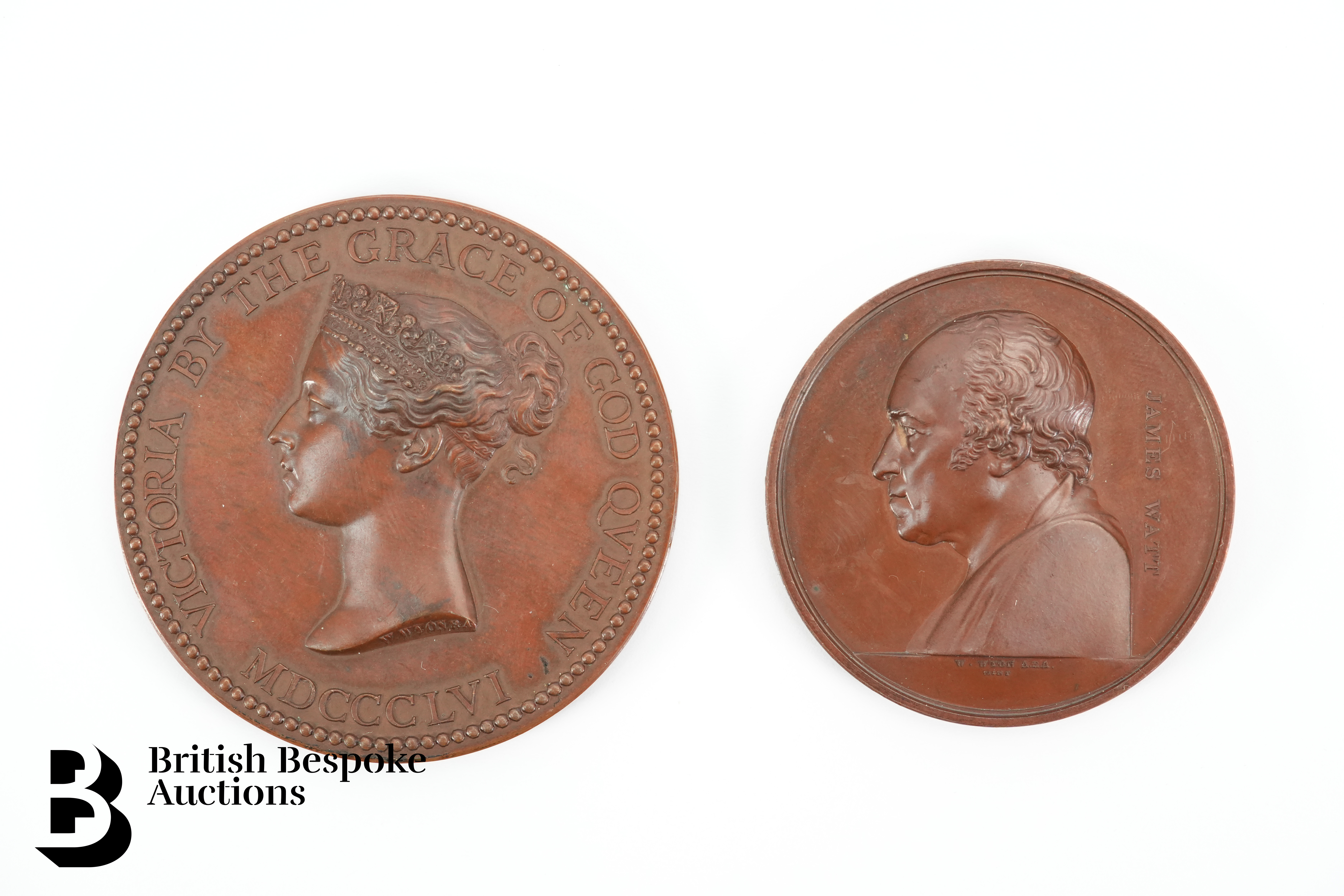


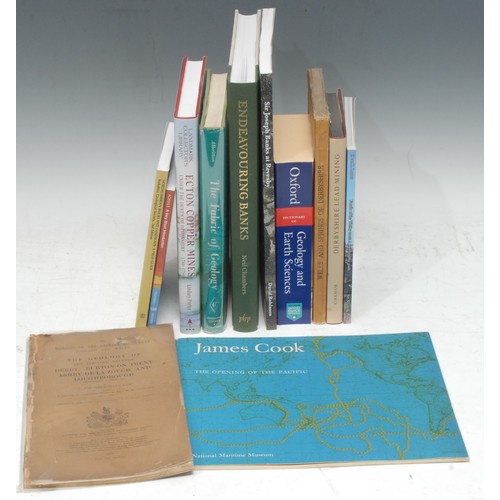

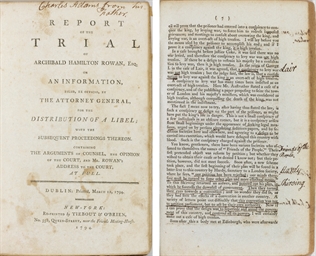





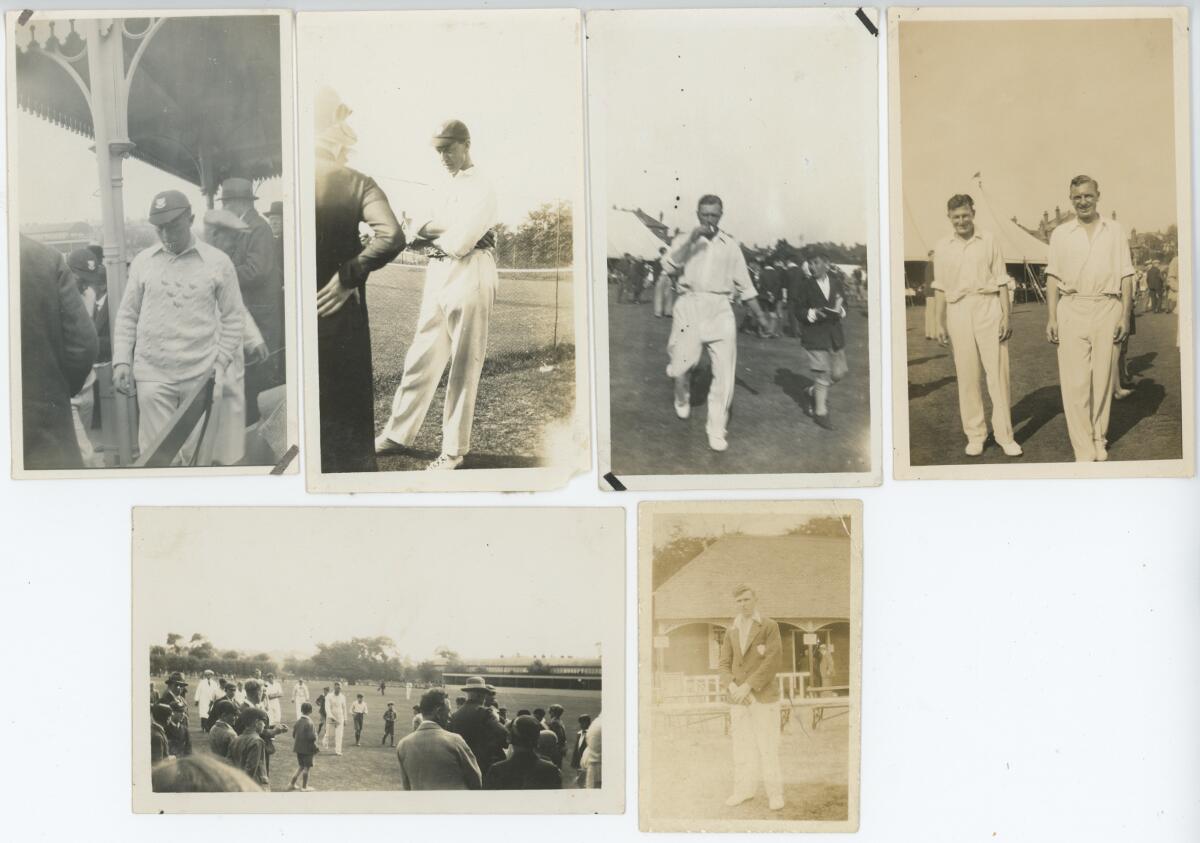
Try LotSearch and its premium features for 7 days - without any costs!
Be notified automatically about new items in upcoming auctions.
Create an alert